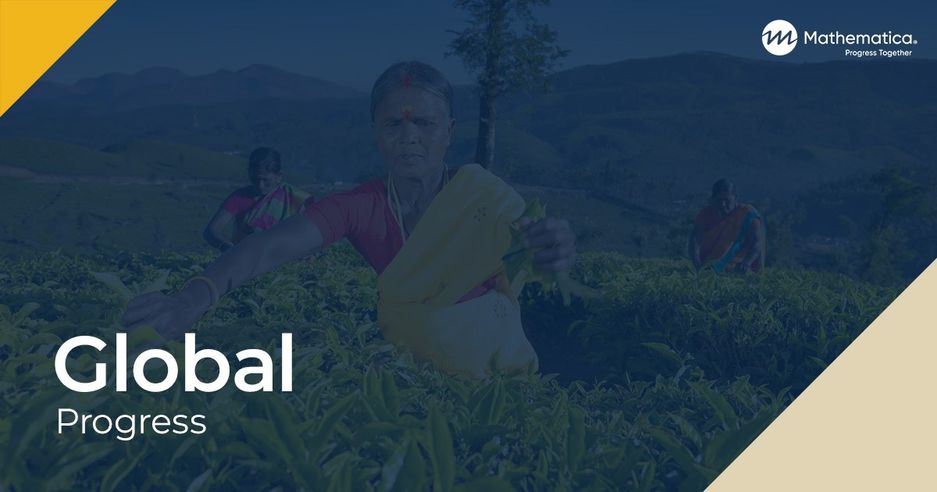Evaluation of the Liberia Power Compact’s Mt. Coffee Hydropower Plant Rehabilitation and Capacity Building and Sector Reform: Baseline and Interim Findings
Download
Associated Project
Key Findings
- The rehabilitation of MCHPP was successful. The hydropower plant is Liberia’s largest electricity asset. However, ongoing operations and maintenance is underfunded increasing the risk of turbine or plant failure and possible consequences including performance losses, extended outages, higher rehabilitation costs and potential emergency situations such as the loss of life or property (Canale et al. 2017).
- A careful analysis indicates that ESBI has been successful in diagnosing and beginning to solve critical problems. Although performance has not met stakeholders’ expectations, ESBI assumed responsibility when LEC was in a grave financial situation. The utility requires increased funding for operations and capital expenses, a systematic response to theft and corruption, and support from the Government of Liberia and donors to implement the reform needed to sustain the utility.
- LERC has made progress in establishing the regulatory commission in 2019 however it lacks resources beyond January 2021. Commissioners believe that donor financing is essential to LERC being an independent, transparent, accountable, and sustainable agency.
- Liberians frequently say, “Electricity Is Life” indicating how much they value and demand “LEC current”. Liberians report that they prefer to pay for a legal connection. However, they will collect illegally if they feel there is no other option. And while electricity improves quality of life and feelings of security, insufficient education and low-quality infrastructure present important dangers and safety risks, including fires and electrocution.
Millennium Challenge Corporation's (MCC’s) $257 million Liberia Compact (2016–2021) aims to encourage economic growth and reduce poverty by improving access to reliable and affordable electricity. The $202 million Energy Project was designed to generate low-cost power, improve the quality and reliability of the power system, and expand access to electricity. The Energy Project comprises Activity 1, enhancing power generation by rehabilitating the Mt. Coffee Hydro Power Plant (MCHPP) ($147 million); and Activity 2 which includes two Sub-activities: (1) strengthening the capabilities of the utility with a management services contract (MSC) for the Liberia Electricity Corporation (LEC) ($12.2 million), and (2) supporting the establishment of an independent electricity regulator, the Liberia Electricity Regulatory Commission (LERC) ($3.35 million). MCC’s underlying theory is that these Activities will address the three main causes of Liberia’s unreliable and unaffordable grid electricity: insufficient supply, weak sector capacity, and an inadequate policy and regulatory environment. The Energy Project’s program logic indicates that Activity 1 investments should increase production and distribution of lower cost electricity, reduce tariffs and user costs, and increase consumption of quality electricity by more customers. Investments in Activity 2, Sub-Task 1 are intended to reform LEC so it becomes an operationally efficient and financially viable utility that can increase customer connections and maintain the electricity infrastructure. Investments in Activity 2, Subtask 2 are intended to create a regulatory environment that accelerates investment and incentivizes independent power producers to help increase generation and meet the energy demands of Liberians. These Activities and their short-term and intermediate outcomes aim to foster positive social and economic outcomes in the long term.
How do you apply evidence?
Take our quick four-question survey to help us curate evidence and insights that serve you.
Take our survey
